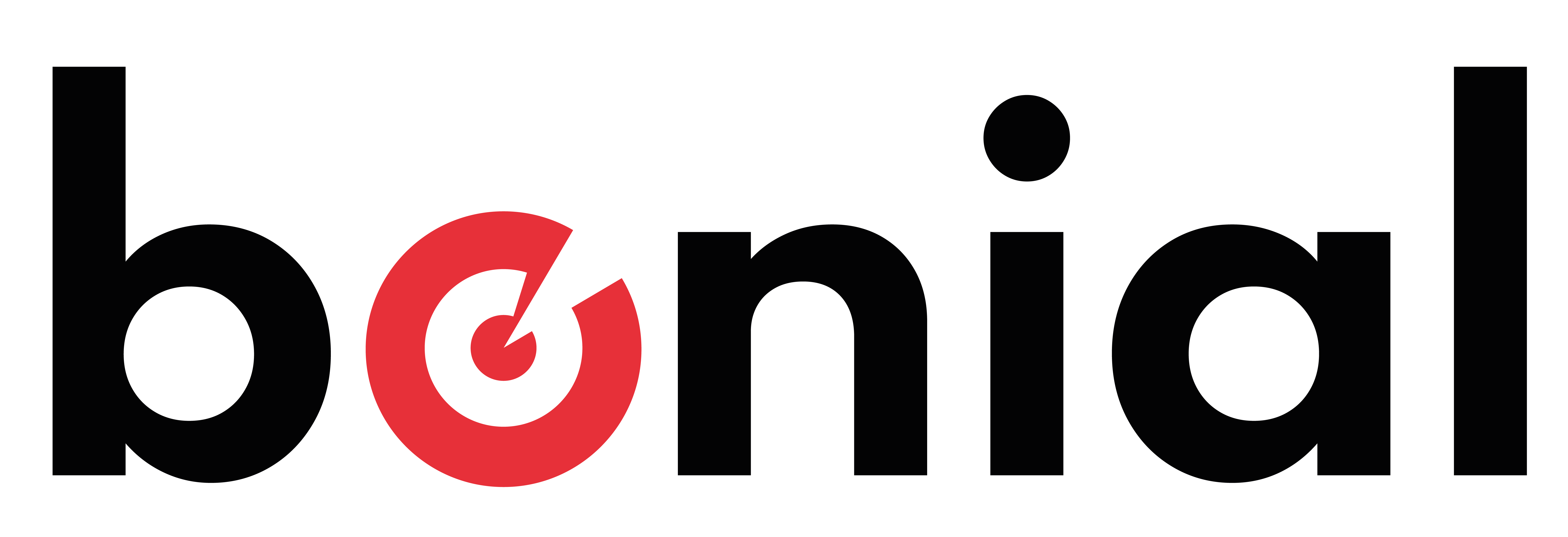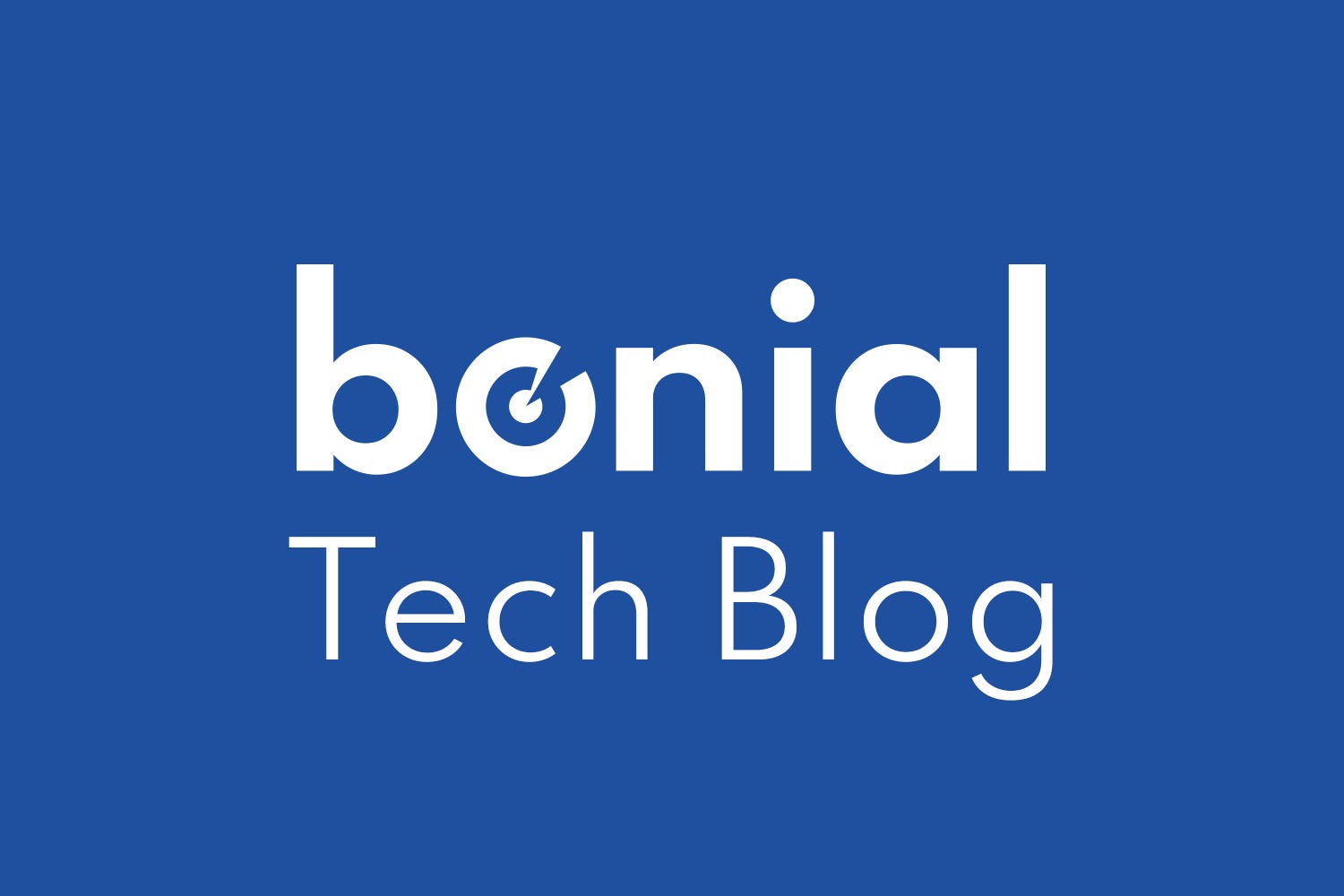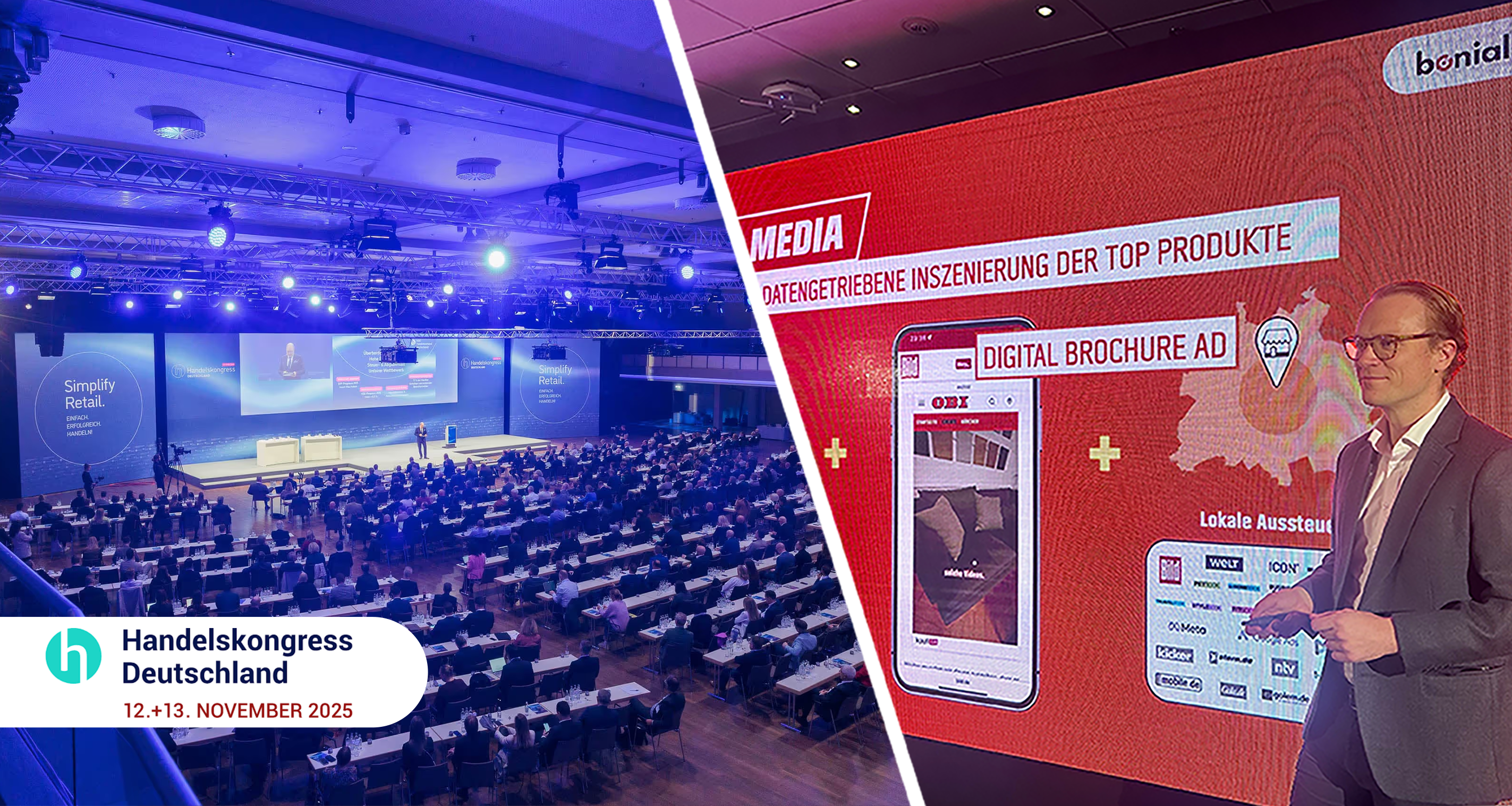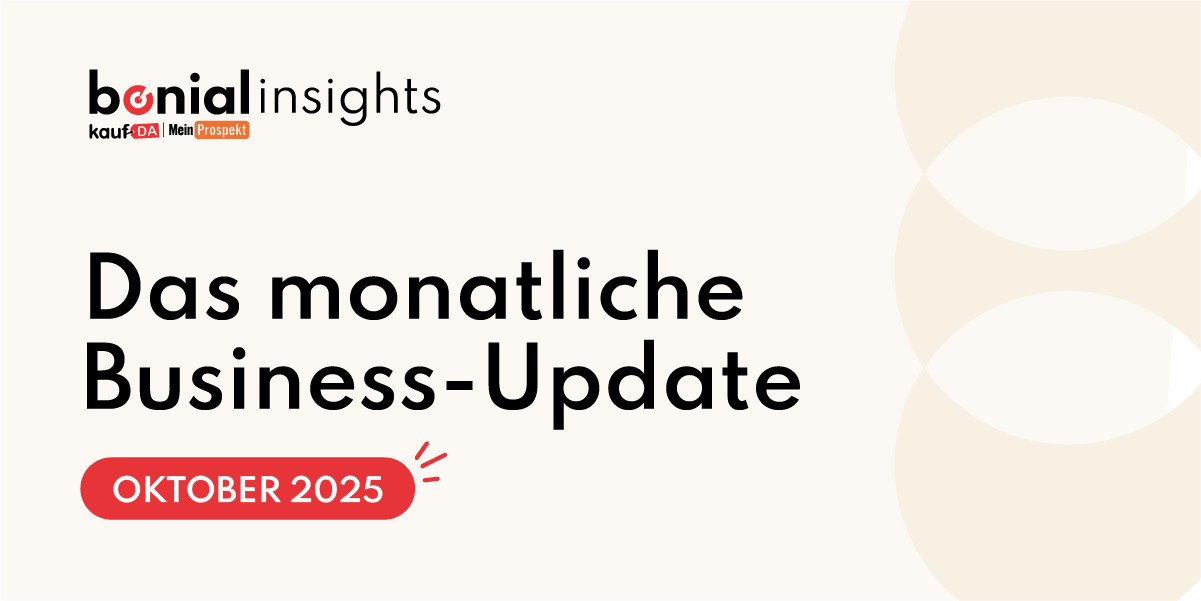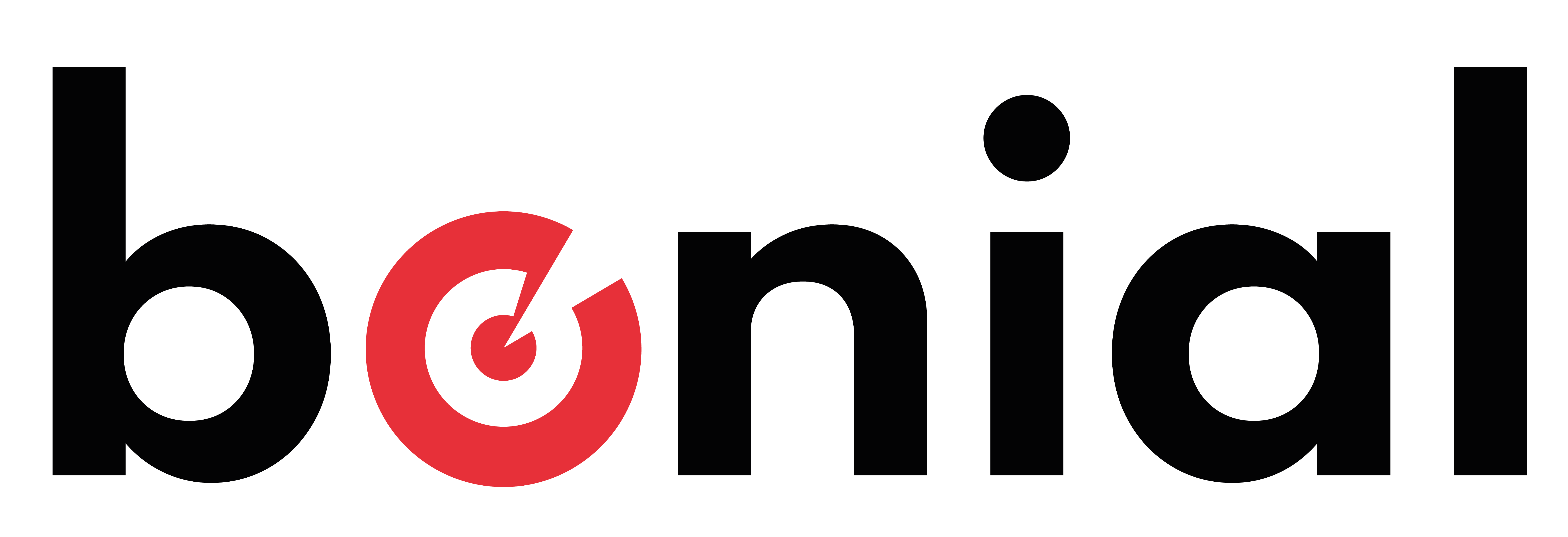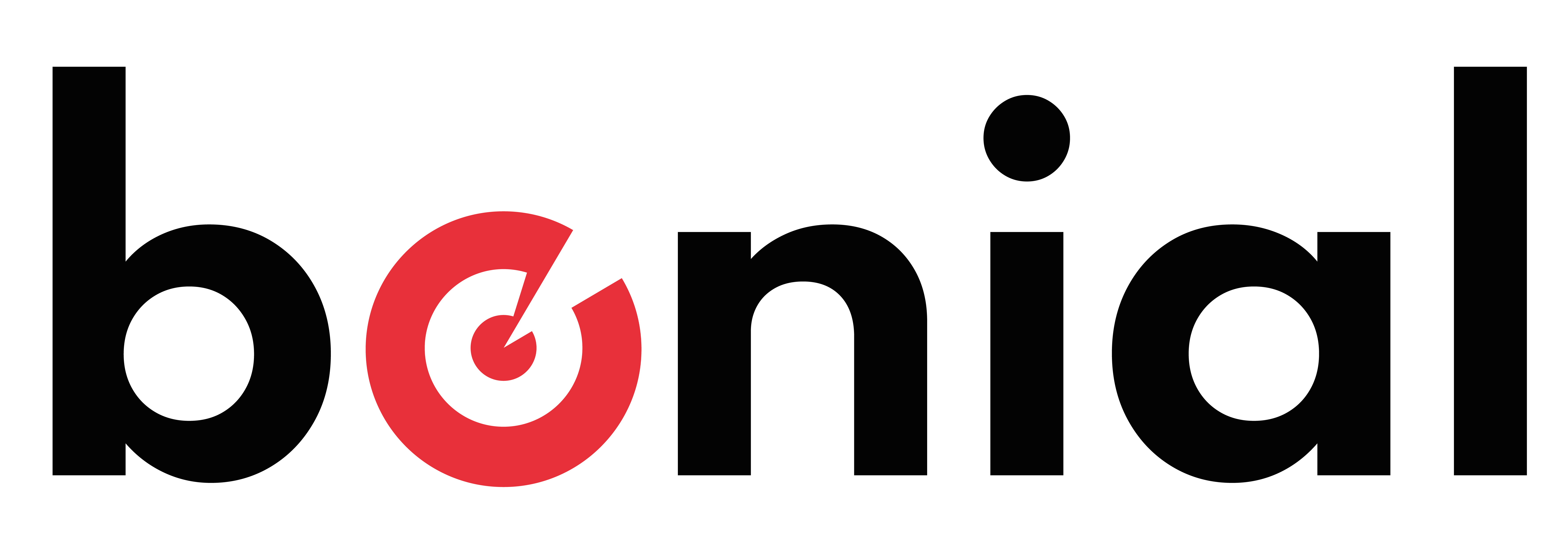Applying change management to drive continuous improvement in your team.
As leaders and teammates, we saw, felt, and experienced that retrospectives were not bringing the expected value.
Although we conducted ceremonies at the end of each sprint, agreements and action points were not receiving proper attention or, worse, just not being followed at all. When we ingested too many ideas simultaneously, the team would become overwhelmed by all the changes.
We are not here to argue about the importance of agile retrospectives. They might be the only opportunity your team has to express themselves, especially in a scenario where remote work is the new reality for so many companies in 2020:
“I haven’t seen you guys for almost six months :D”
“We should maybe start thinking about some team activity which is not connected with computers.”
But how can you make sure that they are done right?
This post is a retrospective of how we used and misused our retrospectives, incorporated elements from change management, and how that helped us build trust and get more engagement from the team.
It is not about the retrospective; it is about how you do the retrospective.
So we did retrospective after retrospective and failed by:
- Not working on action points.
- Following the same dynamic in every retro.
- Not measuring and highlighting the improvement impacts.
After identifying these mistakes, we began to take actions on our continuous improvement process:
- Have different moderators;
- Run energizers and checkouts during every session;
- Create tasks in the team backlog for the action points and follow up;
- Created metrics to track our improvements.
Still, it wasn’t enough. What can you do when the team agrees that some disruptive change in the dynamic is required? When the number of action points continues to grow, and the team doesn’t feel the expected impact? It was time to step it up.
Applying Satir’s Model to organize our Retrospective Improvement Agreements
The Satir Change management model shows us that every change attempt will create resistance, followed by chaos, and only then will one begin to see actual improvements. With that in mind, think about what would happen if you tried to implement several improvement attempts at the same time? The chaos and resistance will be so overwhelming that the only solution will be giving in. In other words: don’t bite off more than you can chew.
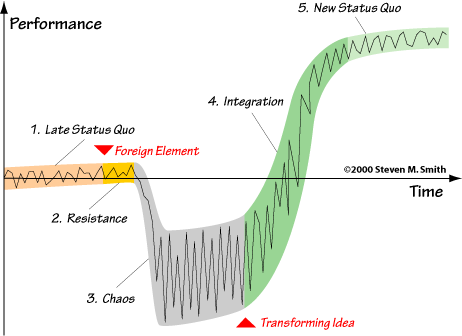
Virginia Satir’s Change Model — credit to Steven M. Smith for the image: The Satir Change Model — but Harvey Dent said it better in Batman:
“ The night is darkest before the dawn. And I promise you, the dawn is coming.”
To apply the Satir model:
- We documented all the improvement agreements we were putting into practice.
- We collectively decided which ones to focus on. We still faced some resistance and chaos, but having everyone involved in the decision and committed to the changes smoothened the transition.
- We agreed on the importance of visualizing the change management model’s different phases and following the progress.
When we put all these requirements together, we noticed a perfect tool to help: a Kanban Board.
Kanban provides visualization and limits work in progress. By following these constraints, we already had the first draft of our change management process. We used Jira with a specific filter for an improvement board and applied a ContinuousImprovement label to visualize and follow the progress of each improvement agreement.
You can now prioritize, re-prioritize, and agree with the team what the next steps to execute are. Again, having the whole team involved in the decision eases the resistance to change.
What now?
We plan to keep the search for the perfect retrospective alive and continuously improve the way we improve (yes, that’s a correct sentence). How do we know that the search is going in the right direction? We are currently working on metrics to visualize the effect of each improvement agreement. In the meantime, we asked the (best) team itself:
“I like that we agree on things, and apply them with a high rate.”
“I think we have a high level of commitment during retros – it might have something to do with the fact that we’re running this in turns.”
“I like that everyone gets to express how they feel, making it a quick team event. But also the energizers and check out.”
“I enjoy the energizers, in the last few weeks it helped discover your weird taste in movies, and that tomato discuss technology.”
“I think that our retrospective is one of the cornerstones of the healthiness of our team.”
So tell us, how are you doing? How did you fail, and what did you learn? How are you driving your team and organization towards excellence?
References
https://www.agile42.com/en/blog/2014/03/05/retrospectives-makes-retro-good/ – Last accessed on September 25th, 2020.
https://theleanway.net/5-Benefits-of-Continuous-Improvement/ – Last accessed on September 25th, 2020.
https://stevenmsmith.com/ar-satir-change-model/ – Last accessed on September 25th 2020.
Authors

This article was co-written by Omar Tala, a product owner at Bonial.

This article was co-written by Luiz Nunes, a Team Lead at Bonial.
